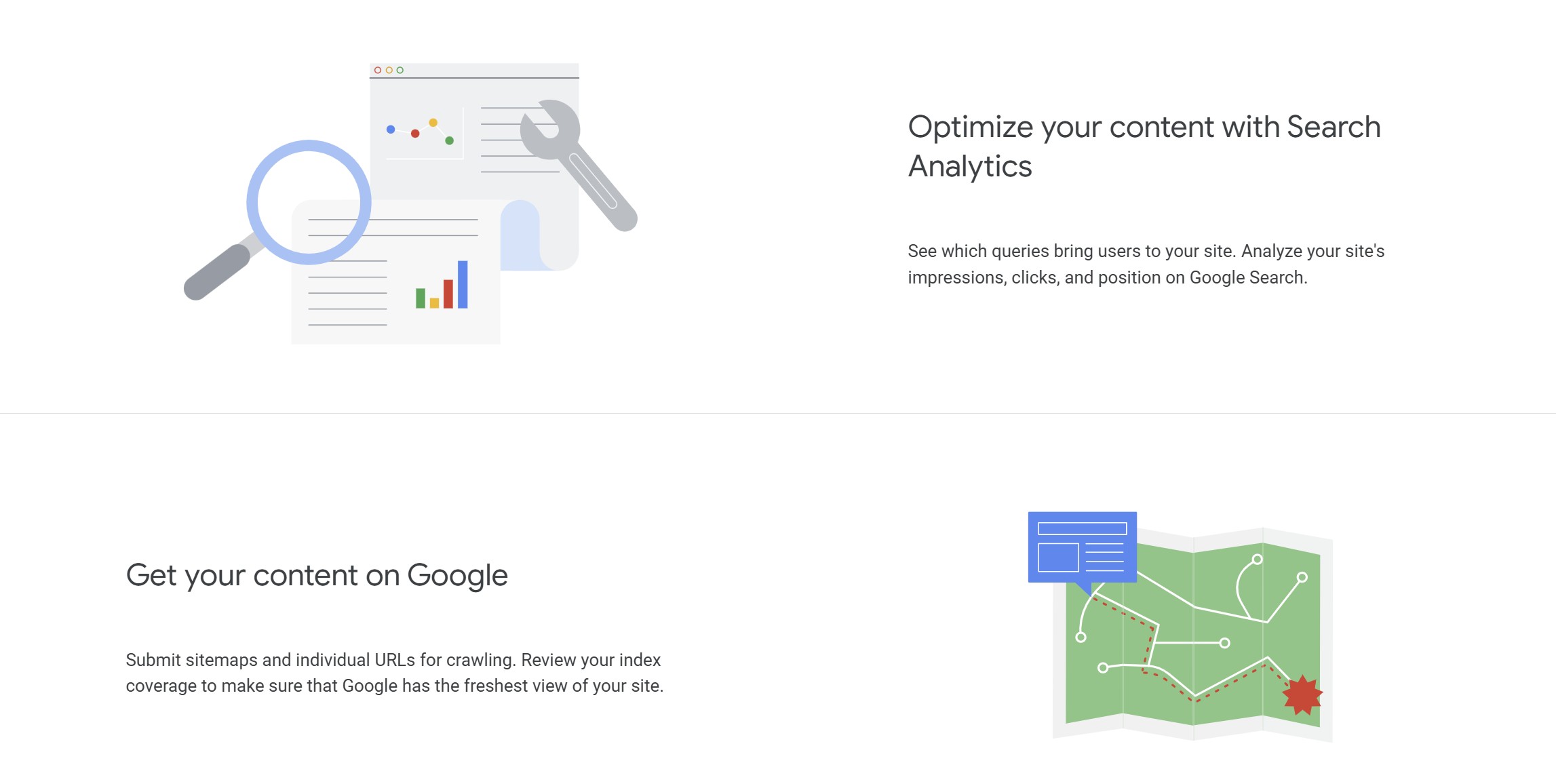Google Search Console (GSC) is a powerful tool for tracking search performance, but many businesses overlook its ability to identify and optimize underperforming keywords. These are keywords that have potential—ranking on page 2 or the bottom of page 1—but need a little push to break into the top search results. In this article, we’ll explore how to find these keywords in GSC and optimize them for better rankings and traffic.
Step 1: Access the Performance Report
To begin, log into Google Search Console and navigate to Performance > Search Results. This report provides insights into total clicks, impressions, average CTR (click-through rate), and average position for your website’s keywords.
Step 2: Identify Underperforming Keywords
Underperforming keywords are those that:
✅ Rank between positions 8-20 (just below the prime rankings)
✅ Have a high number of impressions but low clicks (indicating opportunity)
✅ Have a low CTR despite ranking well (suggesting a meta description/title tag issue)
Filtering for Underperforming Keywords
- Click on “Average Position” to enable it.
- Click on the “Position” filter, set it to Greater than 7 and Less than 20.
- Click on “Impressions”, sort from high to low to prioritize keywords with significant search volume.
Now, you have a list of keywords that are close to ranking well but need optimization.
Step 3: Analyze the Top Pages Ranking for These Keywords
Click on any keyword from your filtered list, then switch to the “Pages” tab to see which pages are ranking for it.
Key Factors to Evaluate
- Is the keyword directly mentioned in the page title, headings, and first 100 words?
- Is the content comprehensive and aligned with search intent?
- Does the page have relevant internal links pointing to it?
- Are competitors covering additional subtopics that you’ve missed?
Step 4: Optimize for Quick Wins
1. Improve On-Page SEO
- Title & Meta Description: Ensure your title includes the keyword naturally and is compelling enough to boost CTR.
- Header Tags (H1, H2, H3): Include variations of the keyword in subheadings.
- First 100 Words: Introduce the keyword naturally within the first paragraph.
- Internal Links: Link to this page from high-authority pages on your site using relevant anchor text.
2. Optimize for Search Intent
Look at top-ranking competitors and analyze their content. If they cover certain sections or FAQs that your page lacks, update your content accordingly.
3. Improve Page Experience & Engagement
If your page has high impressions but a low CTR:
- Rewrite the meta description to be more enticing.
- Use schema markup (FAQ, how-to, review schema) to increase visibility in search results.
- Improve readability with better formatting, bullet points, and engaging visuals.
Step 5: Monitor Progress & Iterate
After making these optimizations, track your keyword positions and CTR in GSC over the next few weeks. If rankings improve but CTR remains low, refine your meta titles and descriptions further.
Conclusion
Google Search Console offers valuable insights into keywords that are close to breaking into the top search results. By using Performance Report filters, analyzing page performance, and making targeted optimizations, you can turn underperforming keywords into high-ranking, traffic-driving assets for your site.



